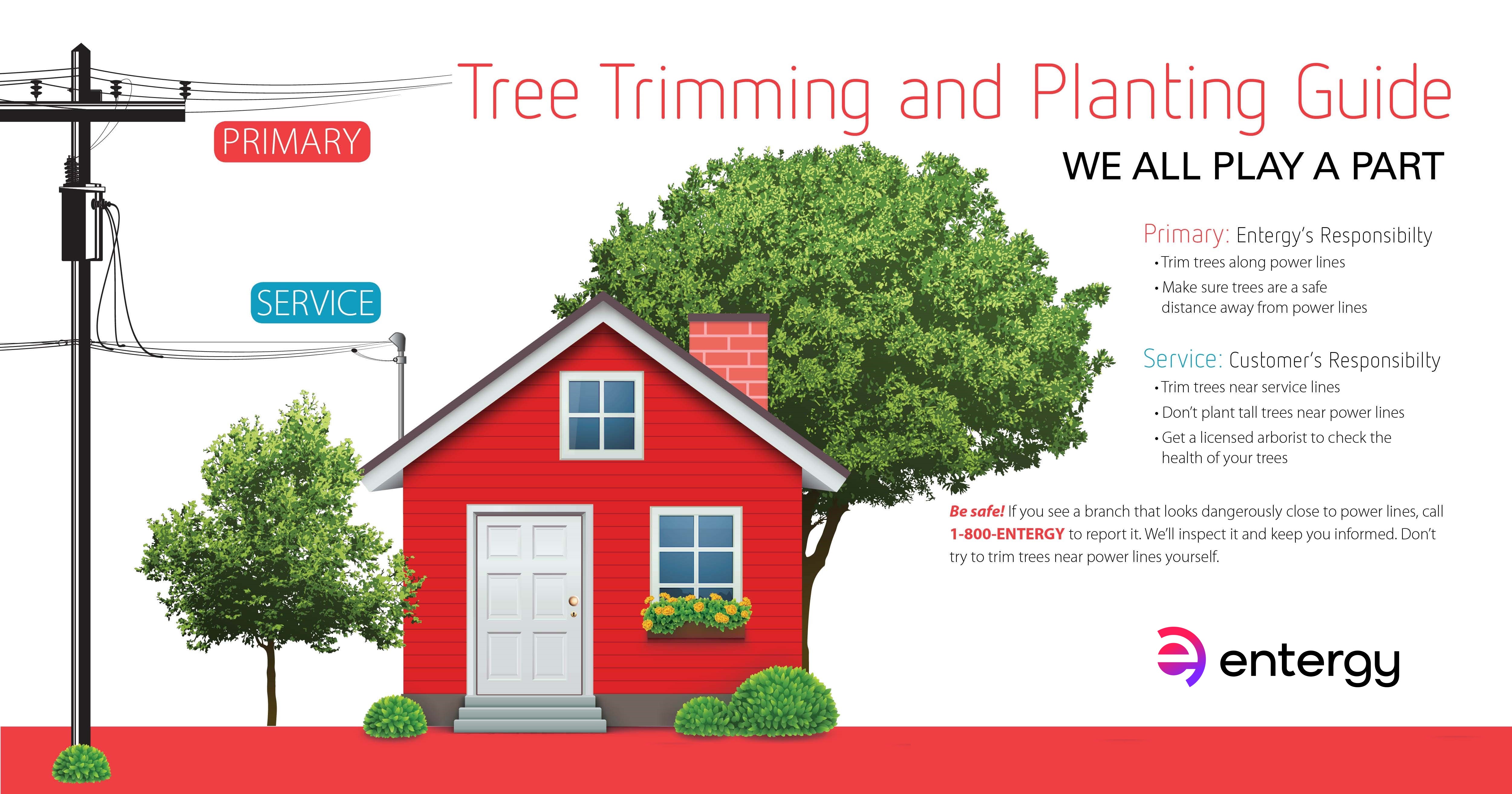Indicators That It Is Needed To Get Rid Of A Tree - A Handbook For Homeowners
Indicators That It Is Needed To Get Rid Of A Tree - A Handbook For Homeowners
Blog Article
Content By-Kehoe Halsey
Trees add elegance and value to residential or commercial property, yet they can additionally pose a risk throughout severe weather condition events. If a tree has actually stopped expanding, is showing visible fungal growth, or has a leaning trunk, it should be gotten rid of by a specialist to avoid home damage and injury.
To learn more, go to a homeowner resource fair co-hosted by HPD, the Center for New York City Neighborhoods, and Brooklyn-based housing partners this night in Bedford-Stuyvesant. The occasion will feature the House owner Handbook, a brand-new guide to aid house owners browse the duties of possessing a home.
1. Dead or Perishing Branches
Trees are an integral part of your home's landscape, providing shade and appeal. They also supply shelter for wild animals and create oxygen, but also healthy trees can experience health issue that may require their removal. Dead or dying trees aren't simply unsightly, they can be dangerous. Their branches might fall during a storm, bring about costly residential property damage and injuries.
When a tree's branches begin to pass away, it implies that its structure is starting to break down. If the majority of its branches are dead, it is likely time to remove it.
Search for a lack of new growth, bark peeling, open wounds or tooth cavities, fungi growing on the trunk or origins and a basic appearance of decay in the entire canopy. These signs of infection can suggest a major problem that will require professional tree solutions to deal with.
2. Leaning Trunk
While it's normal for trees to lean periodically because of phototropism, if a tree has a dangerous or severe lean that's not because of natural processes - it could be an indicator that the tree needs to be removed. If the tree is leaning toward a high-voltage line, home, automobile, play framework or any other area that could be unsafe to people if it drops, then calling a specialist tree service for elimination should be a leading concern.
It's additionally vital to look for any type of sudden changes in a tree's leaning as it can indicate damage to the roots or trunk that may lead to falling. This is especially real during stormy weather, since high winds and rain-soaked soil can trigger a lean to change rapidly. Normal monitoring, especially throughout and after tornados can assist homeowners recognize possible issues with their trees so they can call an arborist for a detailed assessment.
3. Pest Problem
Some pest problems, such as wood-boring pests like emerald ash borer or sap-suckers like scale insects, are so severe that they can cause a tree to die. The very best means to avoid pest infestation is to check your trees regularly. Look for Click On this website , openings, or discolorations in the fallen leaves and bark. Examine the trunk for splits and indications of insect damages, such as passages or tracks.
If a tree comes to be too ravaged with pests, or is close to a home or high-voltage line, an arborist might recommend elimination. If a leaning tree creates a new, unsteady lean, an arborist will likely recommend elimination as well to make sure the safety of individuals and residential or commercial property. If a damaged or dead tree constantly sheds excessive branches, it is an indication that it is time to remove the tree. If a tree continues to shed branches for an extended period of time, it might lead to architectural problems and potential property damages.
4. Harmed Trunk
Trees are an attractive and vital part of our landscape, yet they do need normal like maintain them healthy and safe. If a tree is harmed irreparable it is most likely time for it ahead down.
Try to find indications of damage to the trunk, consisting of upright fractures, seams, dead branch stubs, visible injuries or open tooth cavities and serious tree-rot. The visibility of fungis at the base of the trunk is another warning sign. Fungis might indicate that the phloem and xylem (life-support cells) are endangered, allowing for the spread of condition or a future failing.
Additionally, take into consideration whether the tree has actually quit expanding. Healthy trees will certainly have brand-new growth annually, which may show up as buds or branches growing and extending. If you do not see any new development, it's a great concept to have an arborist review the tree and follow their suggestion for removal. A dying or harmed tree can fall and trigger residential or commercial property damages.